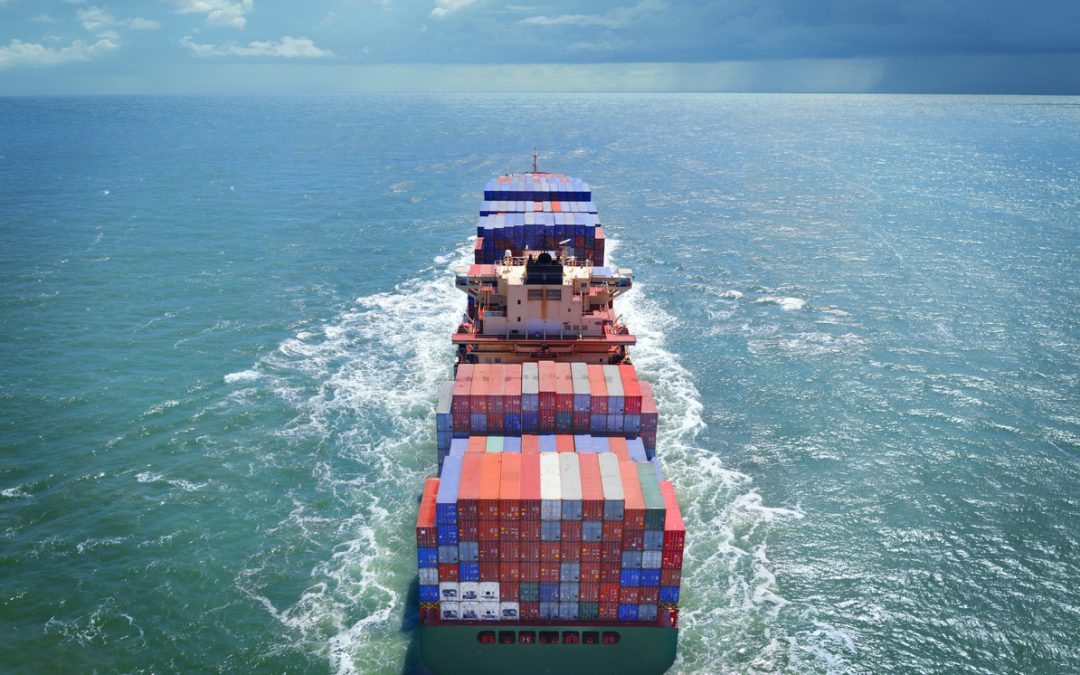Resilience in supply chains remains vital but may prove too expensive for many firms, according to a new S&P Global Market Intelligence report released today. The newly published 2024 Supply Chain Outlook: Delivering resilience in adversity is part of S&P Global Market Intelligence’s Big Picture 2024 Outlook Report series.
In the new report, S&P Global Market Intelligence’s supply chain analysts highlighted the continuing need to build supply chain resilience in 2024 is clashing with reduced corporate profitability. Firms may rely on technology investments and organizational upgrades rather than conservative inventory strategies or diversification of sourcing.
“Global supply chains won’t have any respite from a decade of disruptions in 2024, making resilience-building more vital than ever. However, falling profitability and rising interest rates have meant costly just-in-case inventory strategies and multi-sourcing approaches are not in favor, though reshoring is. The good news is that technology investments and organizational enhancements can help build resilience,” said Chris Rogers, Head of Supply Chain Research at S&P Global Market Intelligence.
Key highlights from the report include:
Global supply chains have largely normalized in 2023 after years of disruptions. Risks in 2024 range from trade protectionism and conflict to water stress and labor strikes. The need for resilience is well established, but the willingness and ability to invest in it through higher inventories and diversified sourcing it is not.
S&P Global Market Intelligence data shows corporate operating profits are set to fall to 10.4% of sales in 2024 from 10.7% in 2022. Inventories are being cut back, suggesting just-in-case models are not in favor—the S&P Global Manufacturing PMI finished goods inventory measure has fallen for eight of the first nine months in 2023. Multi-sourcing is also out of favor: the number of suppliers-per-buyer among the top 500 US importers in the third quarter of 2023 has fallen below 2019 levels after a 13% increase during the pandemic. Reshoring meanwhile remains in favor.
There is no shortage of technology available to enable supply chain resilience, with generative artificial intelligence (AI) as the latest example. Most companies need to see short-term returns on investment, and recent experiences with blockchain are leaving some gun-shy.
Organizational alignments are necessary to ensure supply chain resilience on an on-going basis. Tools for success include increased engagement with labor unions, geographic diversification or reshoring with an eye to mitigating operational risk, closer tracking of environment profiles, and enhanced supplier engagement to manage tariff and geopolitical risk.
Source: Hellenic Shipping News





